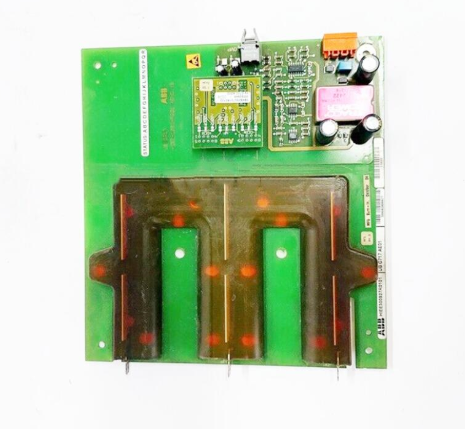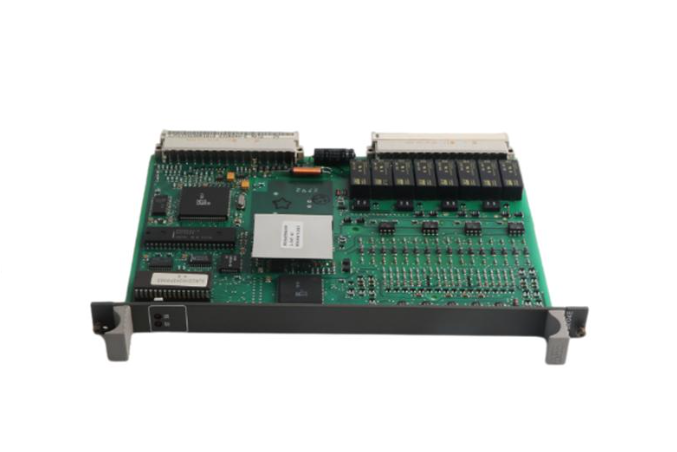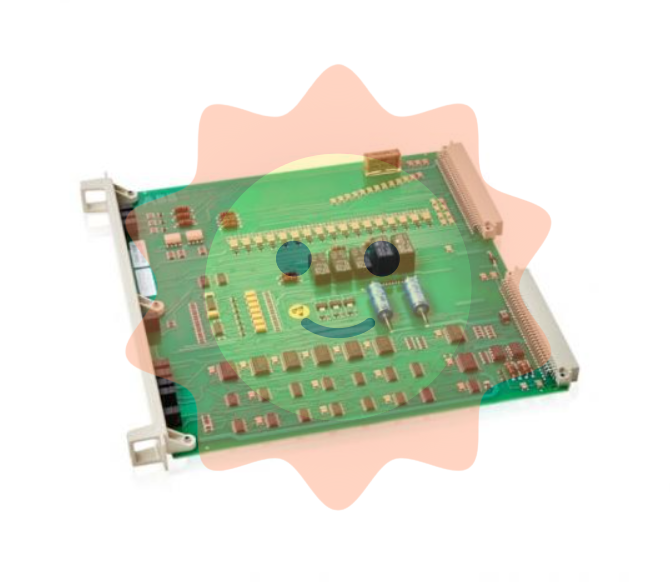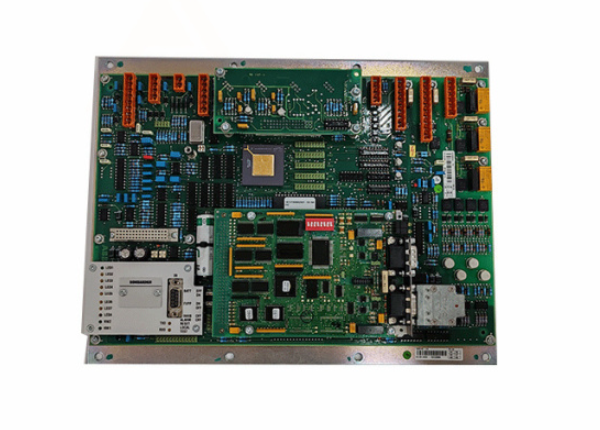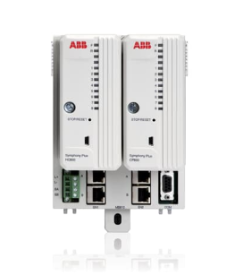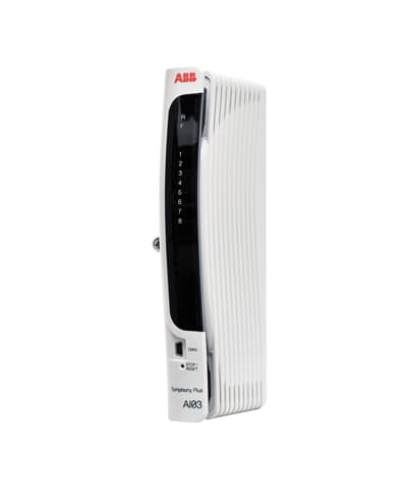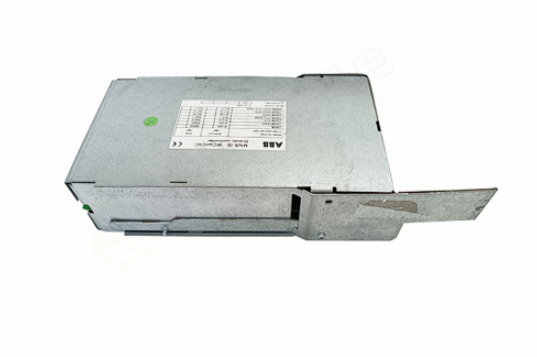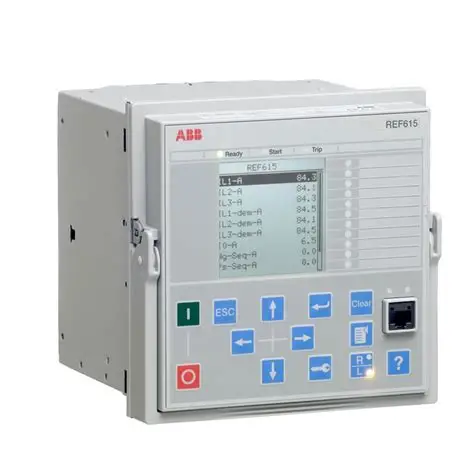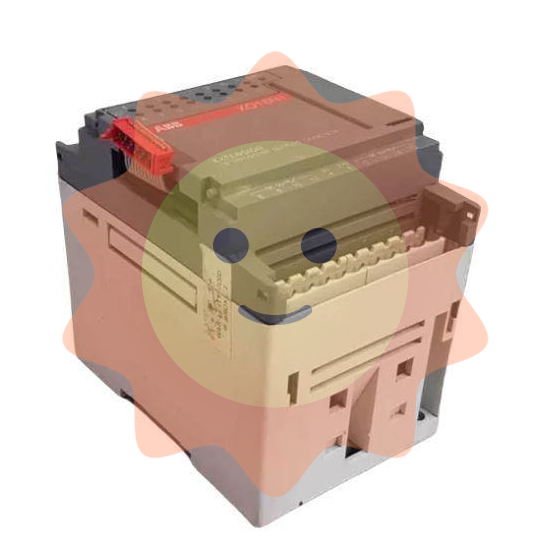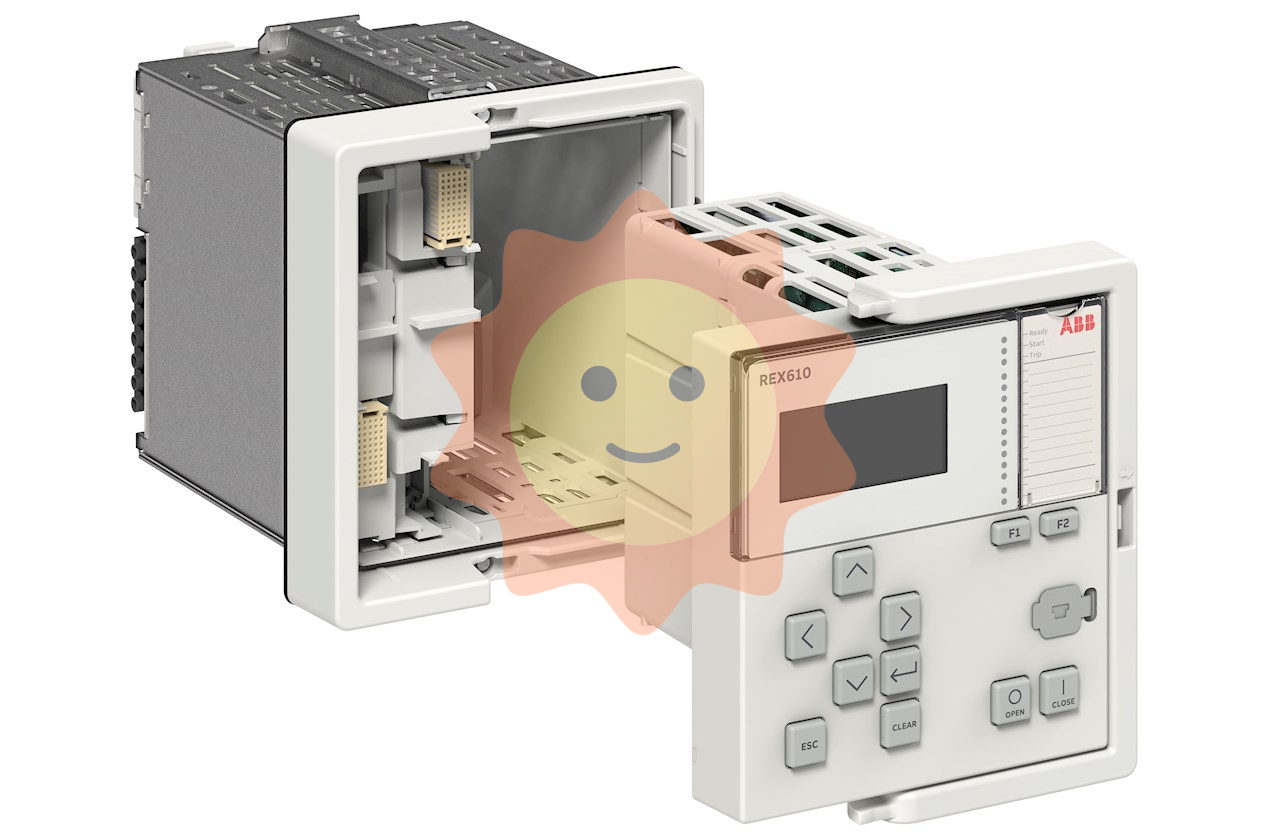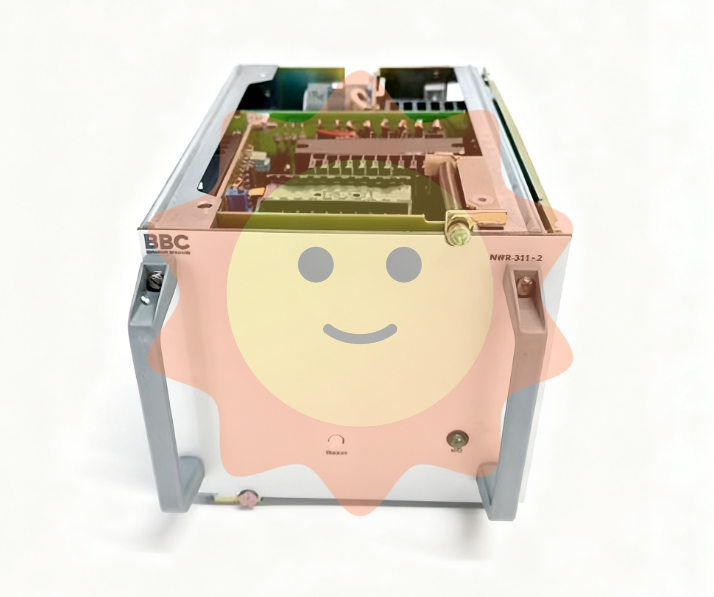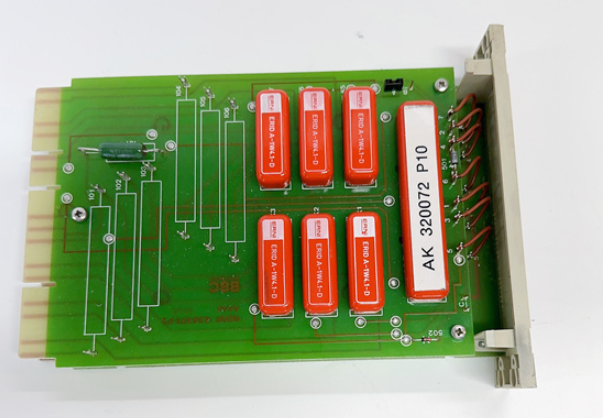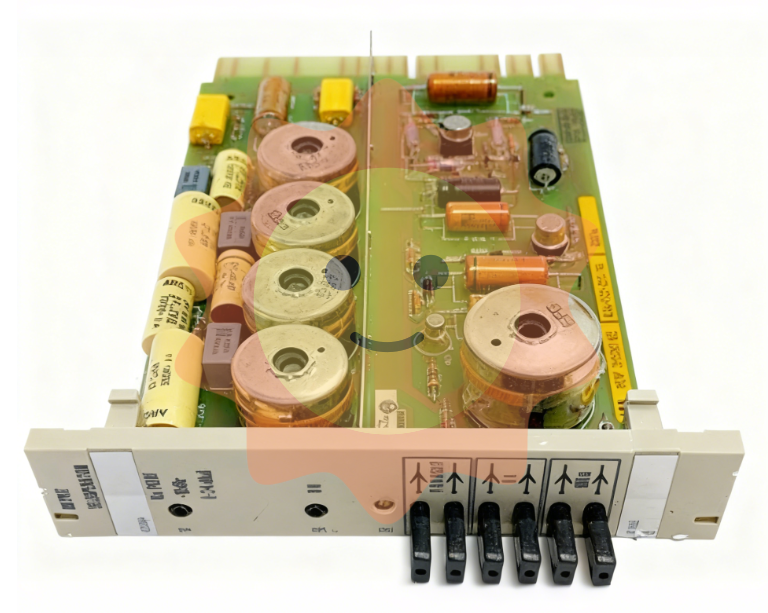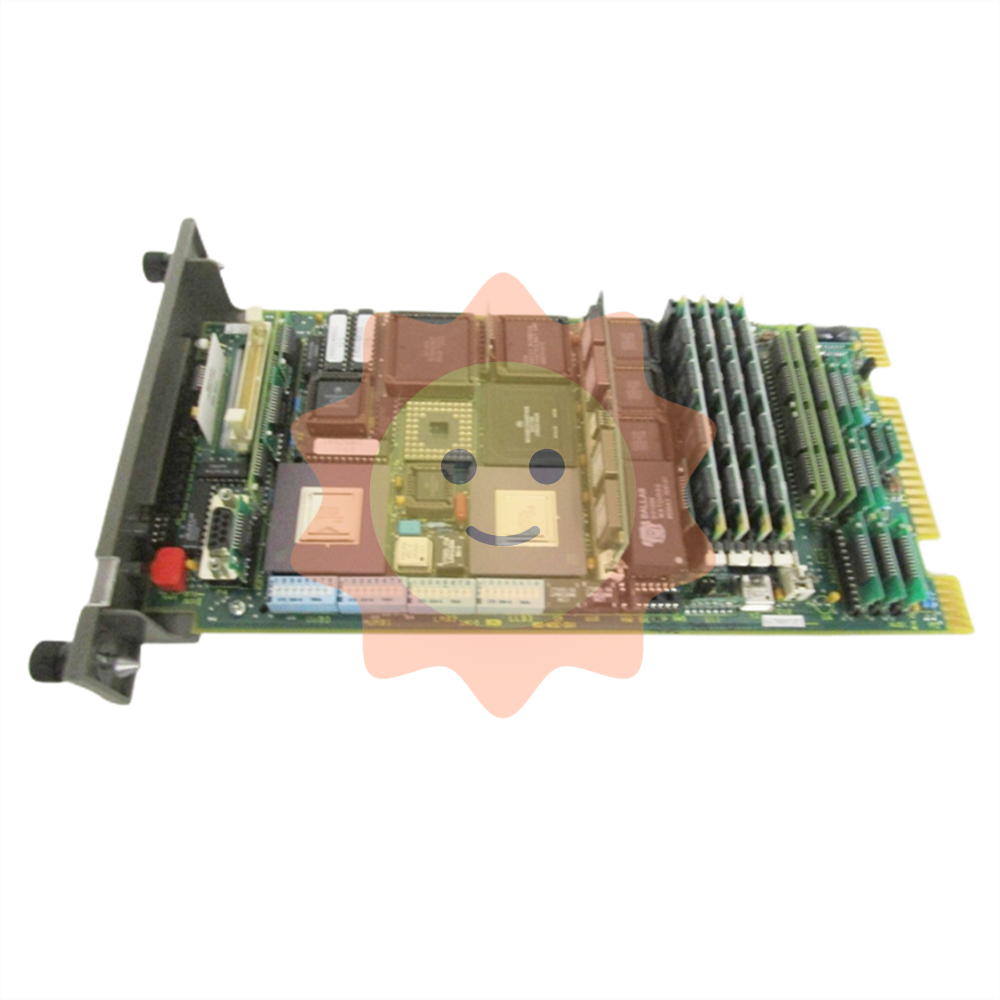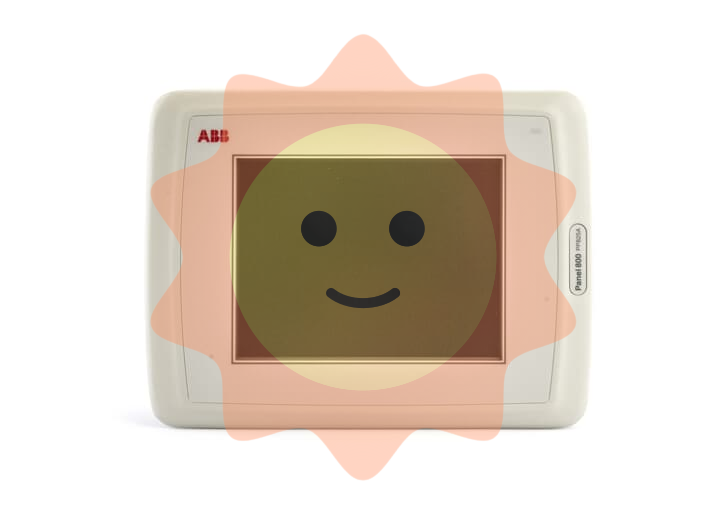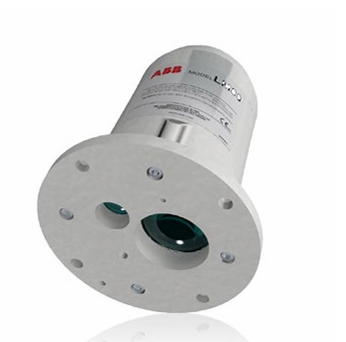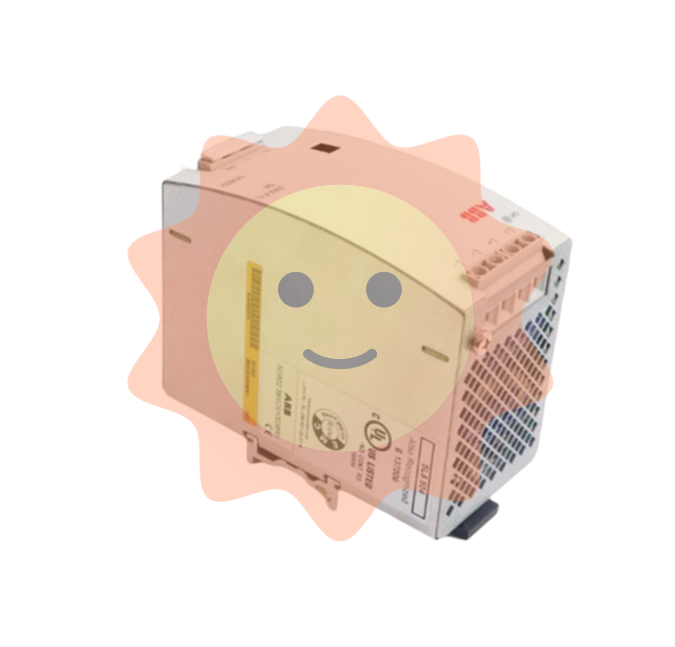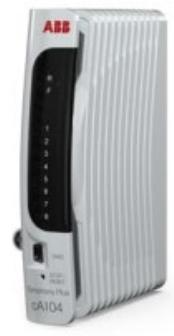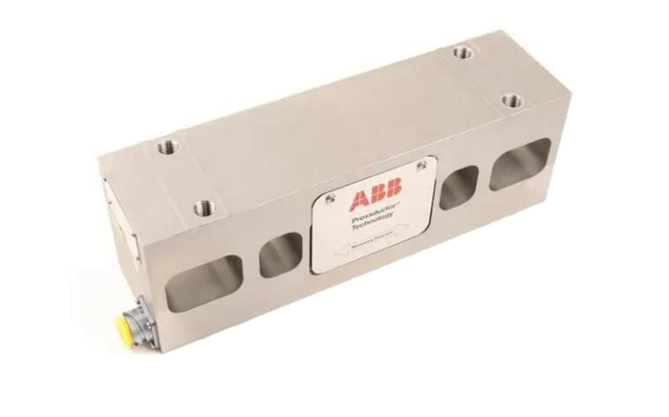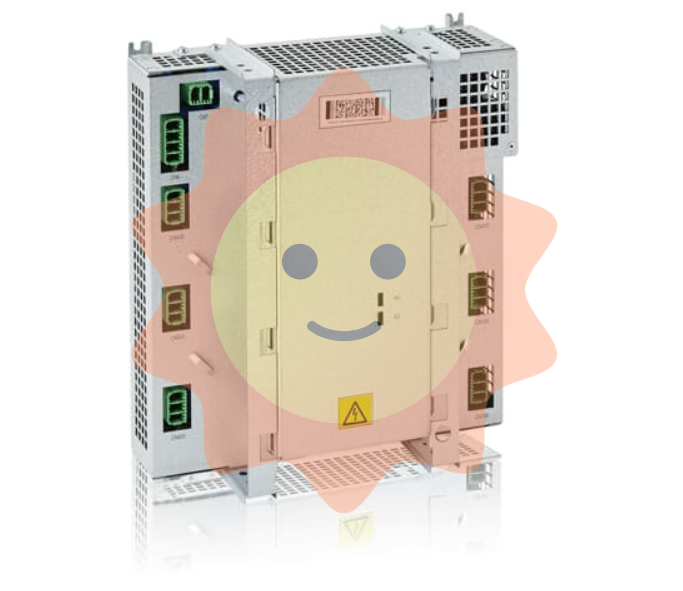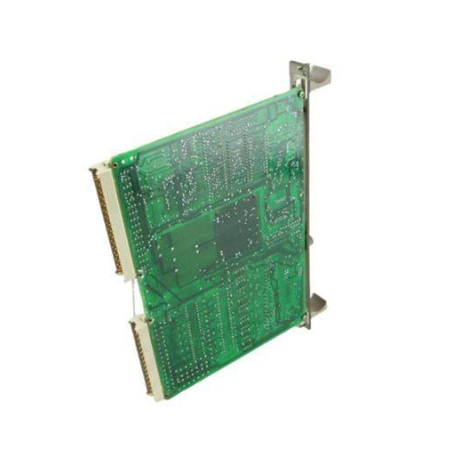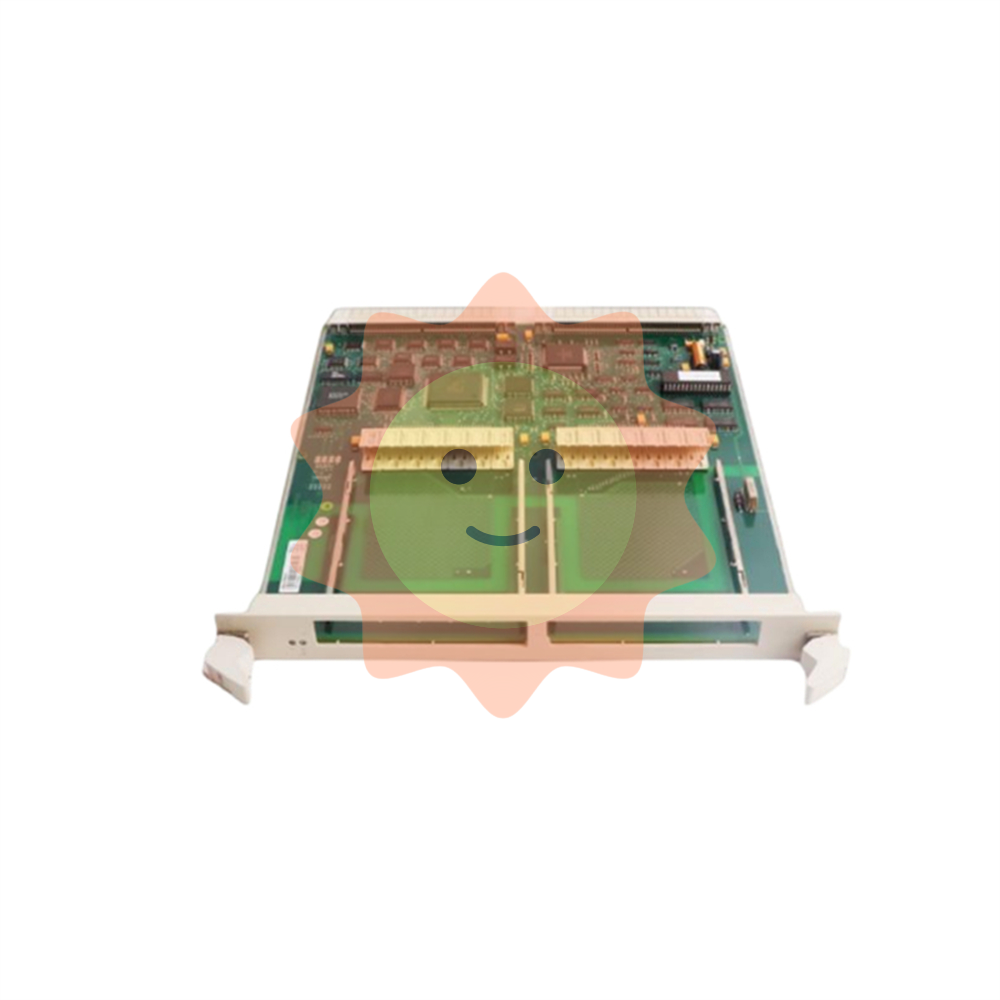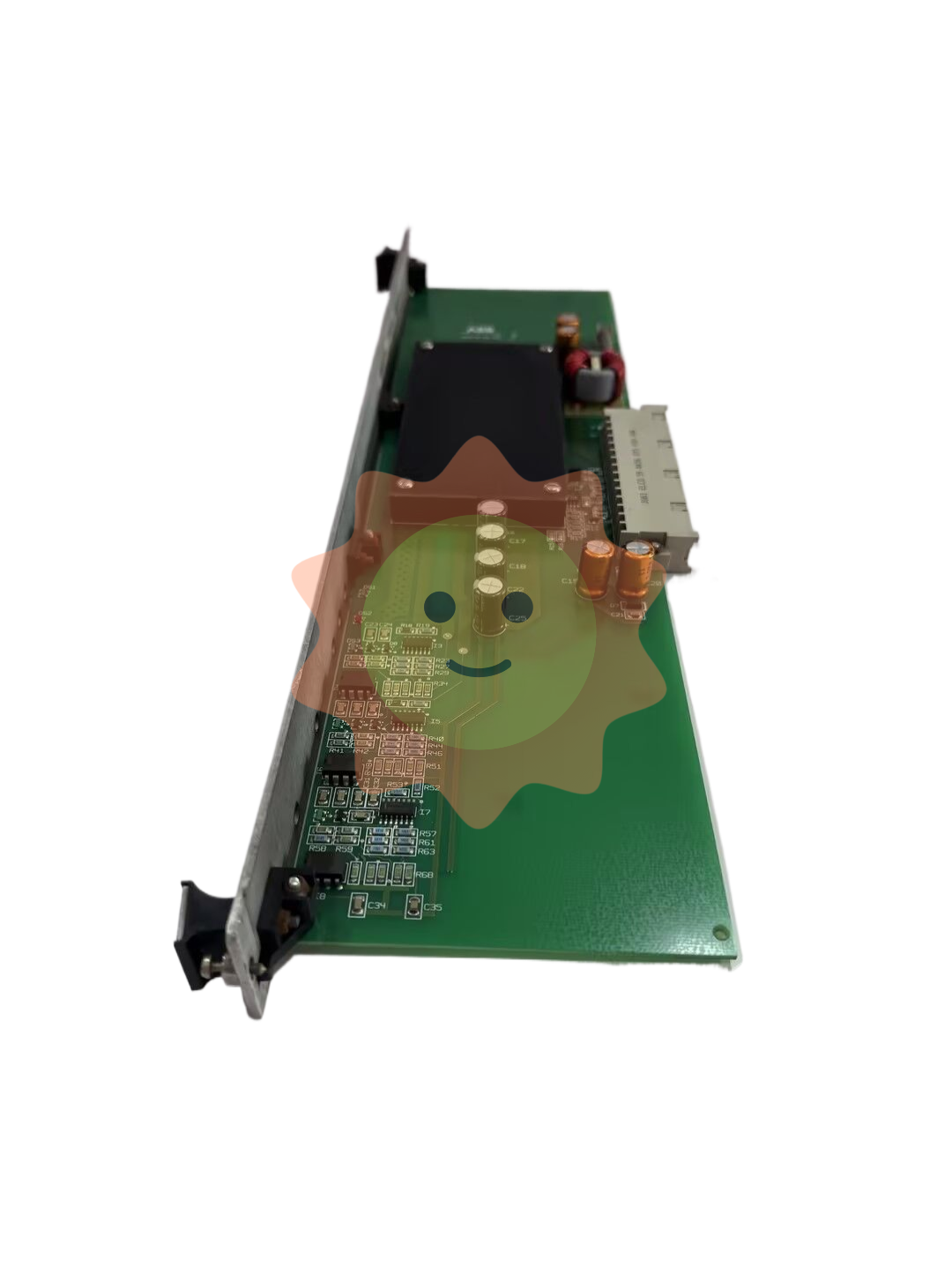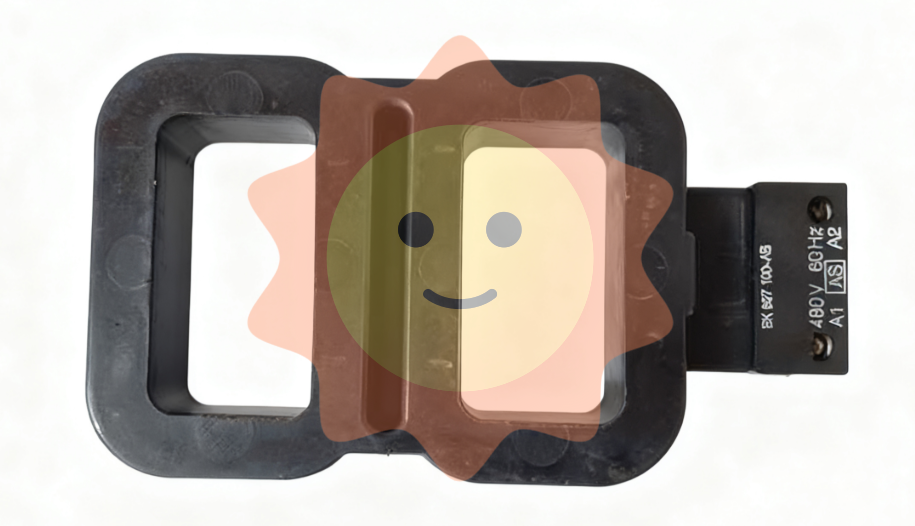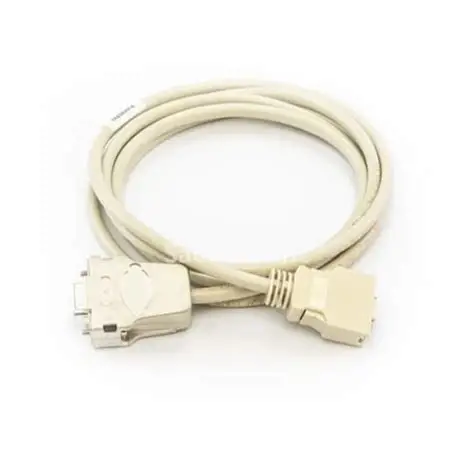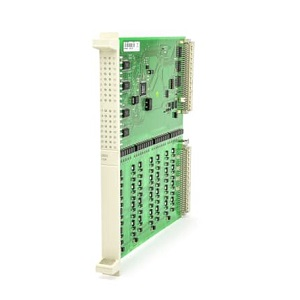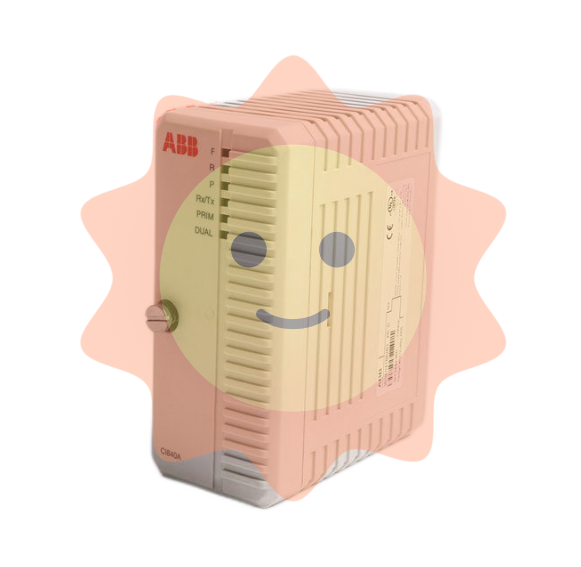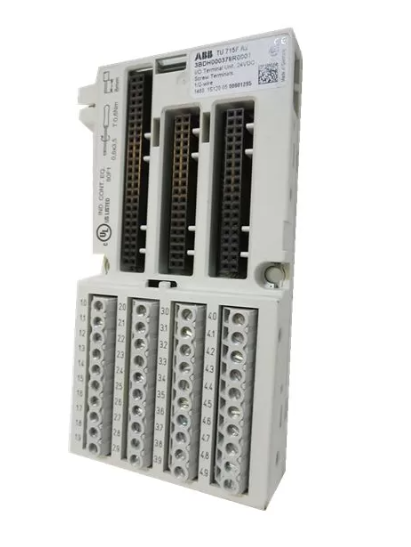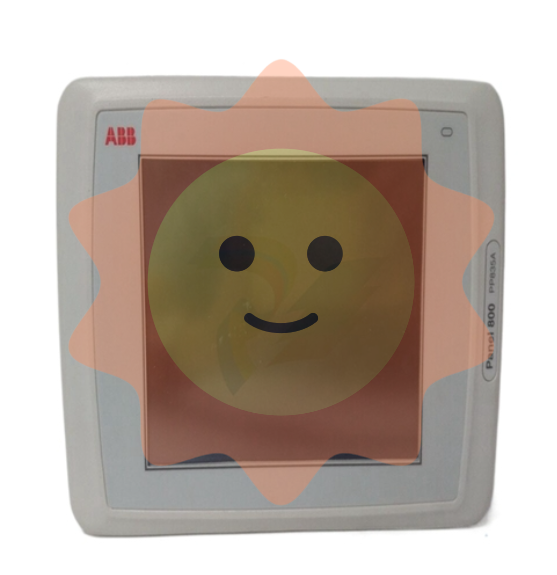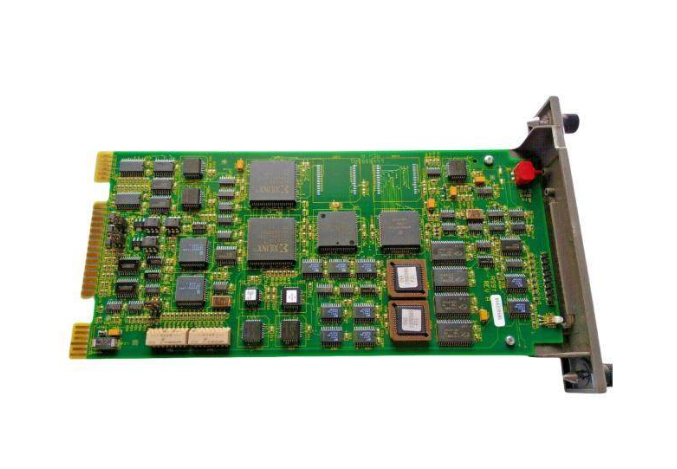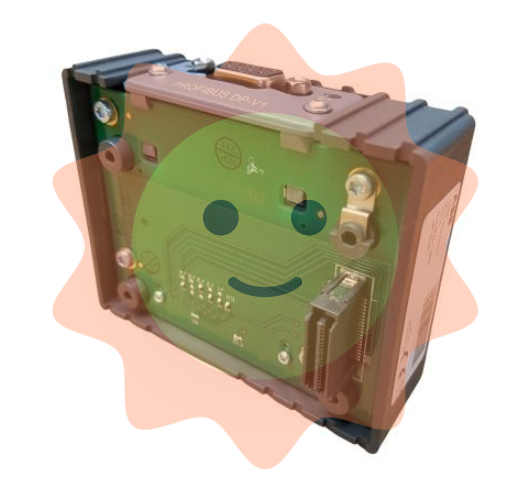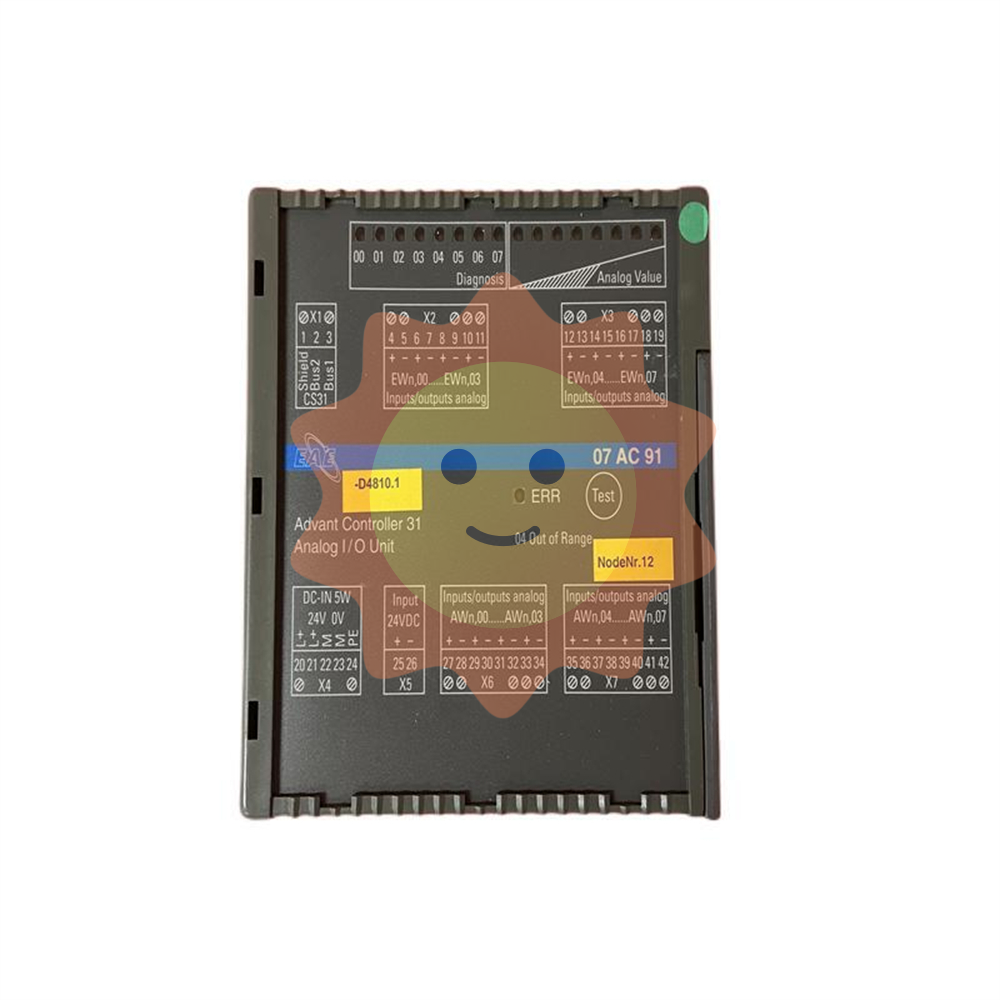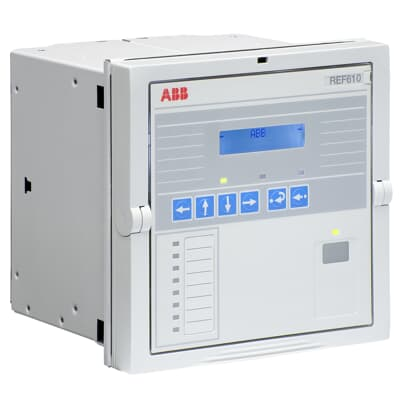Research on innovation and development strategy of green metallurgy
I. Introduction
Green metallurgy refers to the maximization of resources, energy utilization efficiency and environmental benefits in the metallurgical process of complex materials. It is a metal smelting mode that comprehensively considers the impact of resources, energy consumption and environment. It aims to make metal products in the whole life cycle covering design, production, packaging, transportation, use, scrap, the minimum energy consumption, the highest resource utilization rate, the least negative environmental impact, and promote the coordinated optimization and harmonious development of enterprise economic benefits, environmental benefits, and social benefits.
Green metallurgy is a process of clean and low environmental entropy change. In a narrow sense, it is characterized by resource cycle, low carbon energy and ecological environmental protection. In a broad sense, it is characterized by harmless metallurgical raw materials, recycling of smelting waste, clean and intelligent production process, and digital process control. It emphasizes the development strategy of pollution control and reduction from the source, but does not completely exclude the end treatment; Mainly from the perspective of process science, technology and engineering research and development, the development of environmentally friendly production processes (such as raw materials, energy selection and alternative), technical equipment, manufacturing processes, green products and services and other processes, to solve the contradiction between environmental pollution and sustainable development, and promote the highly unified and common growth of environmental benefits and economic benefits.
Green metallurgy is closely dependent on the transformation of enterprise development mode, emphasizing that enterprises pay more attention to the unity of economic, social and environmental benefits as the premise, the development factors are: the optimization and upgrading of metallurgical industrial structure and comprehensive green transformation, the high cycle of resources in the industrial chain and cross-industry and clean energy replacement. Focusing on the resources, environment and energy issues of the metallurgical industry, based on macro-policy support, through the highly recycling of resources and the green transformation of enterprises, the maximization of resources and energy benefits, the minimization of environmental emissions, and the maximization of value-added metallurgical benefits (see Figure 1).

Focusing on future development, facing the national demand for key metal resources, build the basic support for the high-quality development of the metallurgical industry, improve the industrial innovation efficiency of green metallurgy, achieve the deep integration of the innovation industry chain, and reverse the passive situation in strategic key metals as soon as possible, thus enhancing the strategic position of a metallurgical power. In view of the great contradiction between the national strategic demand and the constraints of resources, energy and environment in the development of metallurgical industry, it is of great significance to systematically carry out academic research on green metallurgy in China. In this paper, we grasp the historical background factors closely related to the metallurgical industry and analyze their influence, expounded the current situation of resources and energy of steel and non-ferrous metals at home and abroad, and reviewed the development trend. Review and analyze the situation and major problems of green metallurgy innovation and development, and carry out forecast research on the trend and potential; Based on this, the paper puts forward the strategic demand and development suggestions of green metallurgy innovation and development, and provides basic reference for the strategic research of metallurgical power.
Second, the era background of green metallurgy innovation and development
(1) The development of the metallurgical industry under the situation of carbon peak and carbon neutrality
At present, China is the world's largest CO2 emitter [1], and has formally put forward the development goal of "striving to reach the peak of CO2 emissions before 2030, and striving to achieve carbon neutrality before 2060". The steel industry is the industry with the highest carbon emissions in 31 categories of manufacturing in China. Over the past 20 years, China's steel production has shown a rapid growth trend (see Figure 2) [2], and it is predicted that the next 15 years will still maintain a moderate growth rate. The macro development situation of carbon peak and carbon neutrality will promote the steel industry to build a higher level of dynamic balance between supply and demand, optimize the process structure, and realize the smelting technology revolution. The implementation of industrial intelligent upgrading, increase the coordination of multi-industry environmental governance efforts, promote the full life cycle evaluation of steel products, and formulate industry low-carbon standards that adapt to national conditions.
Over the past 30 years, China's non-ferrous metal production has shown a rapid growth trend (see Figure 2) [3], and it is predicted that the next 15 years will continue to maintain stable growth, the overall performance is "high before stable". In 2020, CO2 emissions from the non-ferrous metal industry will account for 4.7% of the total national emissions [4], among which electrolytic aluminum will account for about 64.6% of the total emissions from the non-ferrous metal industry, which will be an important aspect of the non-ferrous metal industry to achieve carbon peak. Several Opinions of the National Development and Reform Commission and other Departments on Strict Energy Efficiency Constraints to Promote Energy Conservation and Carbon Reduction in Key Areas (2020) requires to promote the green and low-carbon transformation of key industries such as electrolytic aluminum [5]. After the goal of carbon peak and carbon neutrality is proposed, it is necessary to continue to maintain the upper limit of electrolytic aluminum production capacity (4.5×107 t), strictly control the new copper, lead and zinc smelting capacity, increase the proportion of clean energy use, expand the utilization of renewable non-ferrous metals, and strive to achieve carbon peak in the whole industry in advance. Develop and apply green carbon reduction technology, and strive to reduce carbon at a good speed after the carbon peak.
(2) The development of the metallurgical industry under the domestic and international dual-cycle industrial policy
China's steel production adheres to the domestic cycle, and the proportion of steel exports in 2019 is only 6.6%, the lowest proportion of exports in countries with crude steel production exceeding 2×107 t. Under the background of emphasizing the domestic and international double cycle, the pattern change of the steel industry in the future is mainly reflected in the formation of a new domestic supply and demand balance and the expansion of new external demand markets. At the same time, under the guidance of the "Belt and Road" initiative, China's steel enterprises continue to improve the level of internationalization, aiming to achieve higher quality open cooperation.
In the non-ferrous metals industry, the internal cycle will continue to expand the domestic consumption of non-ferrous metals, and the external cycle will ensure the security of supply through the international market, in order to accelerate the formation of a new development pattern with the domestic cycle as the main body and the domestic and international double cycle promoting each other.
(3) The development of the metallurgical industry under the background of supply-side structural reform
After the requirements of the national supply-side structural reform were put forward, the business model of the steel industry actively carried out a comprehensive upgrade, the equipment level and product structure have moved towards the world's advanced ranks, supporting China to become the manufacturing center, consumption center, research and development center, and investment center of the world steel industry. For example, smelting steel types (including superalloy, precision alloy) more than 1,000, can roll, processing more than 40,000 varieties of specifications of steel; Of the 22 categories of steel products, 19 categories have a self-sufficiency rate of more than 100% (the other 3 categories exceed 98.8%). During the "14th Five-Year Plan" period, supply-side structural reform is still the main line of the development of the steel industry, and the focus has shifted to high-end product types and the improvement of key environmental protection technologies.

Under the background of supply-side structural reform, the momentum of rapid growth of some non-ferrous metal smelting capacity has been curbed; The supply side is suppressed, and new demand space will be opened, resulting in the domestic supply and demand gap may gradually expand. The non-ferrous metal industry will accelerate the intelligent transformation process, maintain the momentum of high-end, green, low-carbon and safe development, and enhance the high-end supply capacity of new non-ferrous metal materials; Expand the domestic market, and constantly improve the quality and efficiency of the development of non-ferrous metals industry.
Third, domestic and foreign metallurgical resources development and utilization status and development trend
(1) Current situation and development trend of iron and steel resources
The world's iron ore reserves are relatively rich, concentrated in Australia, Brazil, Russia and China, and the total reserves account for about 70%. However, 98% of our ore is poor (iron content is only 35%), which is significantly lower than the rich ore level of the other three countries (iron content is about 64%). In addition, the Simandu Iron mine in Guinea is the opencast hematite resource with the largest reserves and highest quality among undeveloped iron ore resources in the world. The reasonable inferred iron ore reserves exceed 2.25×109 t, the potential total amount can reach 5×109 t, and the overall grade is about 66%~67% [6].
At present, China's iron ore production and crude steel production is obviously mismatched, highlighted by the external dependence of iron ore reached 85%. It is predicted that in the next 15 years, China's crude steel production will still maintain low growth, so the situation of iron ore dependence on imports will continue, but the import path tends to be diversified. For example, in 2020, China's imports from Guinea increased significantly year-on-year, imports to countries along the "Belt and Road" are steadily rising, and imports from India also have positive growth. In addition, China actively participates in the international development market, gradually increases the development and utilization of overseas minerals, and the deep mining of African iron ore areas is expected to continue to supply 2.4×109 t.
Scrap iron and steel can be regarded as green resources, and increasing utilization can reduce CO2 and solid waste emissions; It can help the steel industry save energy and reduce consumption, and it is also the only steel-making resource that can replace iron ore. The "14th Five-Year Plan" Circular Economy Development Plan (2021) proposes that by 2025, the national consumption of scrap steel will reach 3.2×108 t [7], and the proportion of crude steel with scrap as raw material will gradually increase.
(2) The status quo and development trend of non-ferrous metal resources
The global non-ferrous metal resource reserves are relatively concentrated, but the distribution is relatively dispersed. China's magnesium, tungsten, molybdenum, rare earth resources are extremely abundant in the world. Australia, Chile, Peru and Brazil are famous mineral resource countries, such as Australia's typical varieties are tantalum, zirconium (accounting for more than 60% of the world), rutile (nearly 50%), lead, zinc, nickel, bauxite (more than 20%), gold, silver, cobalt, copper, lithium, antimony (more than 10%); Chile and Peru have obvious advantages in copper resources, and Brazil has rich reserves of tantalum and niobium (accounting for about 90% of the world's total), tin and nickel (about 15% and 13% respectively). In addition, the reserve potential of the African region is large, such as Congo (DRC) cobalt reserves account for about 50% of the global total, and Guinea is a country with high bauxite reserves.
From the perspective of total resources, China is a large country of non-ferrous metal mineral resources, and the reserves of magnesium, ilmenite, tungsten, molybdenum, rare earth and other resources rank first in the world, and the reserves of bauxite, copper, lead, zinc and other resources are also rich. However, with the rapid development of strategic emerging industries such as new generation information technology and high-end equipment manufacturing, China's demand for mineral resources will remain high: the supply of low-quality minerals such as bauxite and titanium exceeds demand, and high-grade demand is still dependent on imports; As the world's largest producer of refined copper, lead and zinc, the import demand for related concentrates is still large, and it is actively expanding overseas resources. Rare earth consumption accounts for 57% of the global total, and rare earth imports are gradually increasing. Nickel and cobalt mineral resources are relatively few, such as the external dependence of nickel mineral resources reaches 90%.

It is predicted that in the next 15 years, the total consumption of non-ferrous metals in China will continue to grow and maintain a high trend, and the demand for mineral resources is still strong. However, the new resource reserves cannot keep up with the growth rate of reserve consumption, the effective supply capacity of domestic resources is still low, and the situation of dependence on imports of some mineral resources will continue. At present, the severe supply situation of mineral resources in China has not been improved due to the large demand for mineral resources, the insufficient control and discourse power of the global market, and the need to improve supply chain and transportation security [8]. In view of future development, renewable non-ferrous metal resources should be fully utilized (by 2025, the output of recycled non-ferrous metals will reach 2×107 t, of which copper, aluminum and lead are 4×106 t, 1.15×107 t and 2.9×106 t, respectively [7]), and low-grade, difficult-to treat and complex mines should be developed to enhance domestic resource security. Actively promote the construction of overseas mining projects, enhance international resource security, and form a new pattern of coordinated development of "original + renewable + difficult mining".
Fourth, the development status and problems of China's metallurgical industry
(1) Status and challenges of iron and steel metallurgy
1. Development status of iron and steel metallurgy
China's steel production, consumption, import and export volume for many years ranked first in the world. In 2020, China's steel production will be 1.065×109 t, accounting for 56.7% of the world's total output; Among the world's top 50 steel companies, domestic enterprises account for half; The apparent consumption of finished steel is 9.95×108 t, the total export is 5.14×107 t, and the total import is 3.79×107 t [2]. Correspondingly, China's iron ore mainly relies on imports. In 2020, imports will account for 82.35% of total consumption, and about 80% of imported mineral sources will come from Australia and Brazil. The national consumption of scrap steel is about 2.6×108 t, reducing CO2 emissions by about 4.16×108 t [2].
In recent years, with the acceleration of the withdrawal of backward production capacity, the rapid development of short process steelmaking, and the continuous improvement of the level of energy-saving technology and equipment, the comprehensive energy consumption of tons of steel in China's enterprises has continued to decline, and will be 0.551 tce in 2020 (down 3.7% from 2015), and the gap with the world's advanced level has gradually narrowed. Despite this, due to the huge industry capacity, the steel industry's energy consumption in 2020 accounted for more than 13% of the total energy consumption of the whole society. Subsequently, China will fully implement the ultra-low emissions of the steel industry, expand new ways of energy conservation and emission reduction, and achieve green and sustainable development of the steel industry; Based on the guidance of the concept of high-quality development, maintaining and even expanding the future development space of the steel industry is also a problem to be faced.
The emission intensity of pollutants in China's steel industry has entered the ranks of the world's advanced levels. In 2020, the new water consumption per ton of steel in steel enterprises will drop by 4.34% year-on-year, chemical oxygen demand by 10.11% year-on-year, and SO2 emissions by 14.38% year-on-year. The utilization rate of steel slag increased by 0.98 percentage points year-on-year, and the utilization rate of coke oven gas increased by 0.08 percentage points year-on-year [9].
China's steel industry technology and equipment as a whole has reached the international advanced level, and even leads the world in the comprehensive capacity of steel industry design and equipment manufacturing, construction and construction. Steel smelting has entered a stage of development dominated by independent innovation and integrated innovation. In the slag splashing furnace [10] and long life reblowing process [11,12], thin slab continuous casting and rolling high efficiency production technology [13,14], "negative energy steelmaking" process and equipment technology [15,16], high efficiency and low cost clean steel production technology [17], carbon reduction melting reduction technology [18], hydrogen steelmaking technology [19,20], steel enterprises intelligent manufacturing technology [21] and other aspects have made a series of achievements.
2. Problems faced by the development of iron and steel metallurgy
Iron ore is an important raw material for iron and steel production enterprises, and the grade of iron ore in China is poor, and the qualified iron concentrate mineral rate is low. In response to the needs of infrastructure construction, the demand for iron ore in China has increased significantly, and the independent supply can not meet the demand for steel production, and can only rely on imports to make up for the gap between supply and demand.
In recent years, the regional distribution of construction projects in China's iron and steel industry is not well balanced, showing a pattern of "more south and less north"; The proportion of special steel production is low, and the proportion of high-end special steel is lower, and some imports are still needed to meet the needs of equipment development.

China's iron and steel industry in the technical system, green development and other aspects have made significant improvements, but the iron and steel metallurgy faced by the resource/energy/environmental load increase, complex process, high carbonization of energy structure and other problems have not been eliminated, to achieve carbon peak, carbon emission reduction, carbon neutrality facing great challenges.
(2) Status and challenges of non-ferrous metallurgy
1. Development status of non-ferrous metallurgy
In recent years, the transformation and upgrading of China's non-ferrous metal industry has achieved remarkable results, mainly reflected in the improvement of scale advantages, the output of crude copper, refined copper and electrolytic aluminum ranks first in the world, and new progress has been made in the adjustment of production capacity structure. Green transformation has taken on a new look, innovation capacity has reached a new level, and intelligent manufacturing has reached a new level.
China is the world's largest production and consumption of non-ferrous metals, 10 kinds of commonly used non-ferrous metals in the world accounted for long-term stability of more than 50%. In 2020, the total output of non-ferrous metals will be 6.188×107 t, among which the output of refined copper and copper materials will be 1.003×107 t and 2.046×107 t, respectively, with year-on-year growth rates of 7.4% and 0.9% [22]. The output of alumina, electrolytic aluminum and aluminum was 7.313×107 t, 3.708×107 t and 5.779×107 t, respectively, with year-on-year growth rates of 0.3%, 4.9% and 8.6%, respectively. The scale of the recycled non-ferrous metal industry continues to grow, and the total output in 2020 will reach 1.45× 107t, accounting for 23.5% of the total output of 10 kinds of non-ferrous metals. Among them, the output of recycled copper is 3.25×106 t (corresponding 32.4%), the output of recycled aluminum is 7.4×106 t (corresponding 20%), and the output of recycled lead is 2.4×107 t (corresponding 37.25%) [7].
The comprehensive energy consumption of key metals in the non-ferrous metal smelting industry has gradually decreased. In 2020, the comprehensive energy consumption per unit of electrolytic aluminum will decrease by 1% year-on-year; The comprehensive energy consumption of tons of copper smelting decreased to 0.212 tce, and the comprehensive energy consumption of some smelting enterprises was below 0.15 tce, reaching the international top level of the industry; Overall energy consumption per ton of lead decreased from 0.467 tce in 2012 to 0.345 tce; The coal consumption of 1 kg molybdenum oxide roasting decreased from 0.4 tce to zero. In terms of CO2 emissions, the non-ferrous metal industry will be 6.6×108 t in 2020, accounting for 4.7% of the country's total emissions. Among them, the CO2 emissions of the aluminum industry are about 5.5×108 t, the smelting industry of copper, lead, zinc and other non-ferrous metals accounts for about 9%, and the copper and aluminum rolling industry accounts for about 10%.
The non-ferrous metal metallurgy industry has made significant progress in environmental protection. Electrolytic aluminum enterprises in key air pollution prevention and control areas have reached ultra-low emission levels as a whole, such as flue gas emission particles below 10 mg/m3, SO2 reduced to 35 mg/m3, and fluoride less than 1 mg/m3. Various technical and economic indicators of copper smelting have been continuously optimized, and the sulfur capture rate and recovery rate of copper smelting enterprises have reached 99%. The alumina industry has initially realized the comprehensive utilization of red mud, and the comprehensive utilization of recoverable iron, alkali and other valuable elements and products exceeds 25% of the output.

The overall level of China's non-ferrous metal industry technology and equipment has entered the ranks of the world's advanced. With 500 kA, 600 kA large aluminum electrolytic cell, new cathode structure and other aluminum electrolytic energy saving technology as the representative, electrolytic aluminum industry technology has reached the international leading level; Represented by oxygen bottom blowing/side blowing copper, oxygen top blowing copper, double flash smelting copper, copper smelting industrial technology has reached the world's first-class level; Lead, zinc, nickel, tin smelting technology to reach or close to the international advanced level; Major progress has been made in magnesium, titanium, tungsten, molybdenum smelting, and rare earth smelting and separation.
2. Problems facing the development of non-ferrous metallurgy
The non-ferrous metal industry is facing a new situation of high-quality development, such as electrolytic aluminum and other products demand is about to enter a plateau period, and the expansion of large-scale demand is weakening.
China's non-ferrous metal resources recycling rate is low (only 30%), while developed countries generally more than 70%. The industrial positioning of recycled non-ferrous metals has been adjusted to energy conservation and environmental protection industry and strategic emerging industry, and its importance in resource environmental security and economic and social green development has been highlighted. However, compared with the primary mineral resources, the secondary non-ferrous metal resources have the characteristics of raw material source uncertainty, resource richness and diversity, high component complexity, high component content volatility, high material density and compound, etc., and the recovery and treatment process is relatively complex.
The problem of "three wastes" produced by non-ferrous metal metallurgy industry is still prominent. As of 2020, the cumulative stockpile of tailings in China is about 2.07×1010 t, of which copper tailings are about 3.5×109 t and tungsten tailings are about 4.5×108 t. The total amount of tailings comprehensively utilized is about 3.35×108 t, and the comprehensive utilization rate is only 28%. The production of smelting waste slag is about 3.7×105 t, including red mud, copper slag, nickel slag and so on. Therefore, the situation of energy conservation, emission reduction and comprehensive utilization of resources in the non-ferrous metal industry is complicated and the task is arduous.
- EMERSON
- Honeywell
- CTI
- Rolls-Royce
- General Electric
- Woodward
- Yaskawa
- xYCOM
- Motorola
- Siemens
- Rockwell
- ABB
- B&R
- HIMA
- Construction site
- electricity
- Automobile market
- PLC
- DCS
- Motor drivers
- VSD
- Implications
- cement
- CO2
- CEM
- methane
- Artificial intelligence
- Titanic
- Solar energy
- Hydrogen fuel cell
- Hydrogen and fuel cells
- Hydrogen and oxygen fuel cells
- tyre
- Chemical fiber
- dynamo
- corpuscle
- Pulp and paper
- printing
- fossil
- FANUC
- Food and beverage
- Life science
- Sewage treatment
- Personal care
- electricity
- boats
- infrastructure
- Automobile industry
- metallurgy
- Nuclear power generation
- Geothermal power generation
- Water and wastewater
- Infrastructure construction
- Mine hazard
- steel
- papermaking
- Natural gas industry
- Infrastructure construction
- Power and energy
- Rubber and plastic
- Renewable energy
- pharmacy
- mining
- Plastic industry
- Schneider
- Kongsberg
- NI
- Wind energy
- International petroleum
- International new energy network
- gas
- WATLOW
- ProSoft
- SEW
- wind
- ADVANCED
- Reliance
- YOKOGAWA
- TRICONEX
- FOXBORO
- METSO
- MAN
- Advantest
- ADVANCED
- ALSTOM
- Control Wave
- AB
- AMAT
- STUDER
- KONGSBERG
- MOTOROLA
- DANAHER MOTION
- Bently
- Galil
- EATON
- MOLEX
- Triconex
- DEIF
- B&W
- ZYGO
- Aerotech
- DANFOSS
- KOLLMORGEN
- Beijer
- Endress+Hauser
- MOOG
- KB
- Moxa
- Rexroth


Email:wang@kongjiangauto.com

